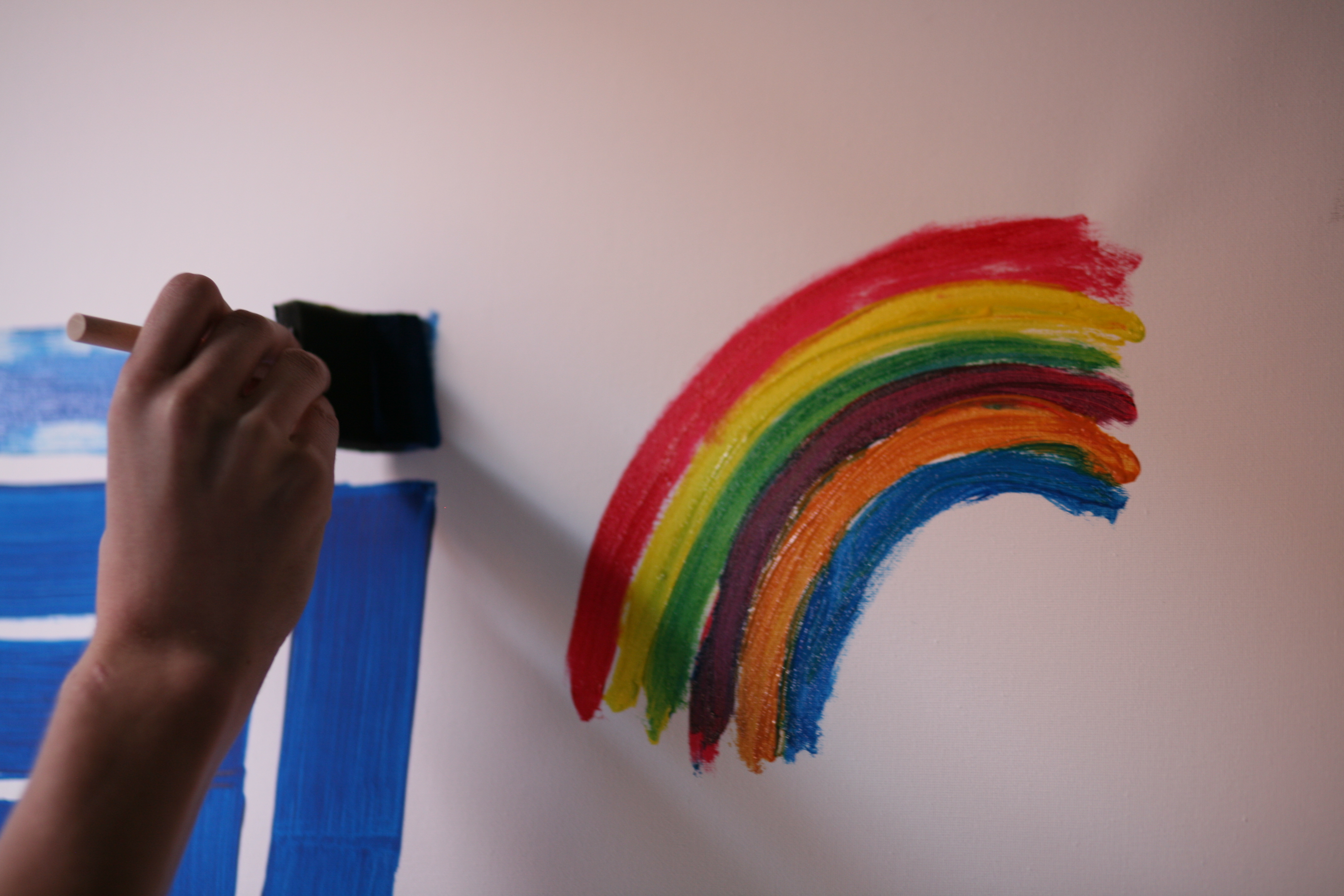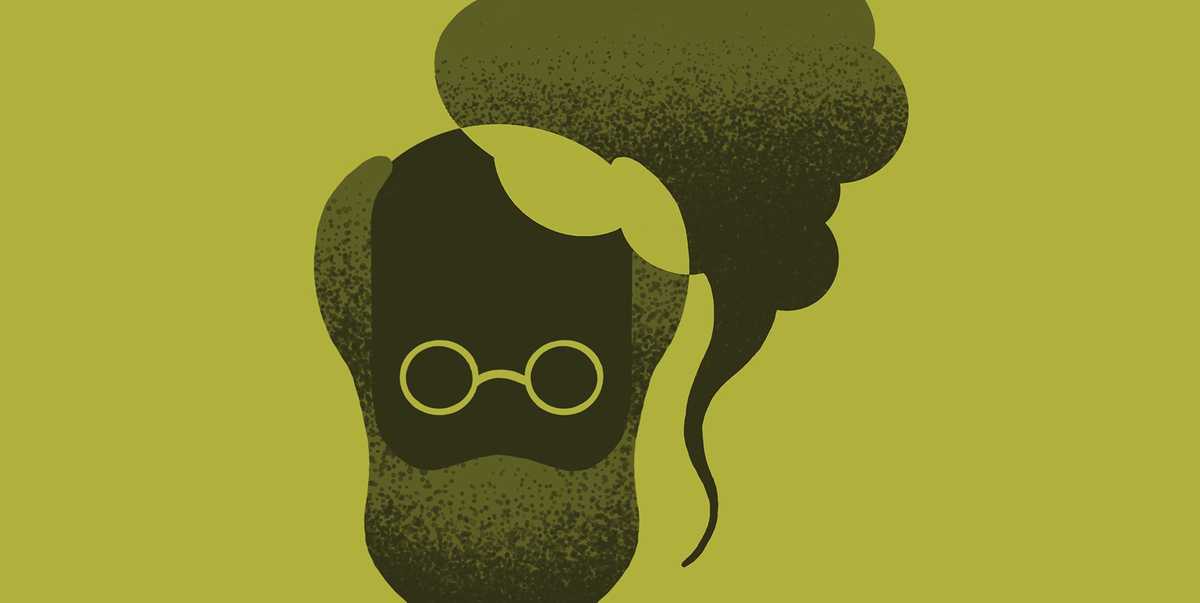
“…creativity is undermined unintentionally every day in work environments that were established—for entirely good reasons—to maximize business imperatives such as coordination, productivity, and control.”
– Teresa Amabile
The idea of “creative spaces” is nothing new. The above quote from Teresa Amabile is from a 1998 issue of Harvard Business Review. And as much as our workplaces have transformed in that time – with more varied spaces to work, the growth of hotdesks and standing desks, cubicles replaced by bookshelves and other smart separation solutions – many workplaces still struggle to provoke creativity.
There are multiple reasons for this. Often, creativity is killed before an idea can flourish into a concept. With any creative problem, there are multiple potential paths to follow; solutions aren’t reached in a linear way. Like a maze, people or teams often have to exhaustively explore all routes, following a rough idea to its end before deciding whether or not it can become something “good”. In logic, this is called Ariadne’s thread as one carries the thread down a path of exploration, following the twists and turns, and using the thread to backtrack in the face of a dead end. In its essence, this describes how ideas need to be followed through to their fruition, and meticulously nurtured along the way.
To explore and nurture ideas, the right mindframe is essential. Support from managers, a non-judgemental approach, an open slate – these are all important. But what is oft overlooked is the influence of the physical environment. An environment that inspires, comforts, and connects people will create a mindframe to match: one that is collaborative, open and stimulated. On the other hand, a dull, colourless, confined environment will provoke a method of thinking reflective of that. The inhibition and openness required to put judgement aside, and follow ideas – especially if they intuitively feel “wrong” – can be set in place by the physical environment.
The biggest question is, of course: how do you create this environment?
Over the past year at Ellis Jones, we’ve gone through the process of designing a new creative space for research, workshops, events, training, and for hire: the Realm of Possibilities. It’s been a long, arduous process – dare I say journey. But over time, we learned a lot about what provokes creative thinking in physical spaces.
These are some of the things we learned…
Entrance.
The entrance should create a clear separation from the outside, from the everyday, with a sense of ceremony or idiosyncrasy. You want any creative space to be a separate area where judgements and doubts are left at the door. We installed a “Narnia door” for this; a cupboard set into the wall where people forget their preoccupations and wonder at the door, lifting their heads up to peer inside.
Dimensions.
The way people feel in any space is highly dependent on the confines of the space. Small or cramped spaces can sometimes help people focus on individual tasks, but creative thinking needs a space that feels endless – reflecting the endlessness of the creative possibilities and openness to different ideas. We were lucky enough to have a high-ceilinged space to begin with, but we added black paint along the bottom of the walls to create an “upward” focus.
 Light.
Light.
The light in a creative space needs to be diverse, ambient and warm so it has the dual effect of comfort and stimulation. Comfort to put people at ease, and stimulation to spark the right-brain. Of course light is also essential to being able to see your work. But what about in a space that bridges the gap between work and play? Where you can hold intimate events or focussed workshops?
To solve this, a combination of lighting is ideal. Think twinkling fairy lights for night-time events, and tall windows with natural light for daytime workshops.
We were lucky enough to work with Copper Industrial Design, who supplied us with feature lamps for the Realm that drop from the ceiling like pendants, splashing diamonds of light over the walls.
Colours.
It’s easy to underestimate the power of colour, but colours in rooms have specific psychological effects on the people in the room. Cool colours such as blue, green and violet stimulate creative performance through associations with the natural environment. Pastel colours evoke openness and relaxation, and are sometimes even equated with sanity. These create a positive frame of mind through which to navigate the creative process. Harsh colours on the other hand, although stimulating, can also be dominating and overwhelming – perhaps good for social functions, but not so much for thinking creatively.
To balance this, we painted our tables in all different colours, all pastels, and then added coloured spotlights to give fresh bursts of brightness when the atmosphere needs a kick.
Curiosities.
Some unusual or artistic touches in a room condition people to lean away from the ordinary. This gives the message that out-of-the-ordinary approaches are not only permissible but are praised and appreciated. Although these shouldn’t be dominating, they should be intriguing.
Working with a local Melbourne artist, Laura Dubsky, we added curiosities to our creative space with three 2.5m high hangings that adorn the far wall, prints of people through history donning other-worldly clothing.
Shared features.
Finally, creativity often requires collaboration. It’s the old saying, “two brains are better than one”. Where the physical space asks people to share table space, seats, and materials, the space is actually asking them to share themselves and share their ideas, to work with one another as a group. As such, we’ve made our creative space a collaborative space too.
Creative spaces create ideas. The Realm of Possibilities is a creative space that’s ready to host research, workshops and events that need that little spark of creativity.



